Yumen Pass Yumenguan
Yumen Pass Yumenguan
Yumenguan was named after Emperor Wudi of Han Dynasty when he opened the Western Regions Road and set up four counties in Hexi. The Han Dynasty was a gateway to all parts of the Western Regions. It was originally located in Xiaofangpancheng, northwest of Dunhuang, Gansu Province. The Great Wall between Jiuquan and Yumen was built in Yuanding or Yuanfengzhong (116 BC-105 BC), and the Yumen Pass should be set up accordingly.
According to Hanshu Geographic Records, Yumen Pass and Yangguan Pass, another important Pass, are both located in Longle County, Dunhuang County. They are both the residences of Duyu and important places for troops to be stationed. At that time, the traffic between the Central Plains and the Western Regions took two routes. They were important military passes and silk roads in the Han Dynasty.
Hanban was in the extreme for a long time. He was old and homesick. He wrote, "The minister would not go to Jiuquan County, but wished to be born in Yumen Pass." Zhang Dai's Night Ship
On June 22, 2014, at the 38th session of UNESCO World Heritage Committee held in Doha, Qatar, Yumenguan Site was successfully listed on the World Heritage List as a site of the Silk Road: Road Network of Chang'an-Tianshan Corridor, which was jointly applied for by China, Kazakhstan and Kyrgyzstan.
introduce
Speaking of Yumenguan, you will immediately think of a well-known Tang poem, which is Wang Zhihuan's Liangzhou Ci: "The Yellow River goes far up to Baiyun, a lonely city, Wangeshan." Why should the Qiang flute complain about willows? The spring breeze does not pass through the Yumen Pass. The tragic and desolate mood in the poem arouses our yearning for this ancient barrier. Yumenguan, commonly known as Xiaofangpancheng, is located 90 kilometers northwest of Dunhuang City, Gansu Province. According to legend, the beautiful jade of Hetian in the Western Han Dynasty entered the Central Plains through this pass, hence its name. Yumenguan is also called "Yuguan" in Yumenguan Province. "Jiangnan Jingshi Poetry Draft Zan Xinjiang Production and Construction Corps": "Spring breeze has passed beyond Yuguan, leading the local Republican song Datong." Driving westward along National Highway 215 and over the Altun Mountains, cars can reach Qaidam in Qinghai Province, western oil fields, Ruoqiang in Xinjiang and Lhasa in Tibet. Today, when you go to the Yumenguan scenic spot, you can enjoy the endless Gobi scenery, as well as the illusory mirage of the sea, the natural sleeping Buddha with lifelike shape and the sandy plants in the gobi. These scenery, golden desert and green grass, set against the blue sky, constitute a vast and magnificent magical picture. To mention Yumenguan, first of all, we should talk about the history of Zhang Qian's diplomatic mission to the Western Regions. After the opening of the Silk Road, the cultural and trade exchanges between the East and the West have become increasingly prosperous, in order to ensure the safety and smooth flow of the Silk Road. From 121 BC to 107 BC, Emperor Wudi of the Han Dynasty ordered the construction of "Liangguan", "Yangguan" and "Yumenguan".
Cultural geography
The establishment of Yumen Pass began when Emperor Wu of the Western Han Dynasty, and has a history of more than 2,000 years. Since the Qin and Han Dynasties, the warlike Huns have posed a great threat to the Han nationality. At the beginning of Han Dynasty, the Huns defeated Donghu in the East and occupied Hexi by Dayue clan in the west, and based on Hexi, they repeatedly committed crimes in the Han Dynasty. The Han Dynasty began to adopt a policy of reconciliation with the Huns in exchange for temporary peace. During Emperor Wudi of Han Dynasty, he abandoned the policy of peace and kinship and launched a large-scale military counterattack against the Huns. In the second year of the Yuan Dynasty (121 B.C.), Huo Qubing, General of Huoqi, led the Western Expedition, which severely hit the right part of the Huns. In the same year, the west of the Han River was divided into two counties, Wuwei and Jiuquan. In the sixth year of Yuan Ding (111 B.C.), Zhangye and Dunhuang were added, and Yumenguan and Yangguan were built at the same time. From then on, Yumenguan and Yangguan became important passes in the west of Hexi Corridor in the Western Han Dynasty.
Major attractions
Yumenguan, also known as Xiaofangpancheng, stands on a sandstone Hill 90 kilometers northwest of Dunhuang City. Guancheng is square, surrounded by well-preserved city walls, rammed for loess, open two doors in the northwest. The wall is 10 metres high, 3 metres wide on the top and 5 metres wide on the bottom. There are women's walls on the top and horse paths on the bottom. People and horses can reach the top directly. Boarding Guguan, looking up from a distance, the marshes are all around, the gullies are vertical and horizontal, the Great Wall is winding, the beacons stand upright, the Populus euphratica stands tall and the spring is green. Red willow flower, reed swaying, and the ancient Guan Xiongzi mutual reflection, so that your heart is fascinated, mixed feelings, nostalgia, arise spontaneously.
Ruins
Yumenguan, also known as Xiaofangpancheng, was built around 111 B.C. For the Silk Road to the North Road of the Western Regions, the throat pass is located 90 kilometers northwest of Dunhuang City in the Gobi Beach. Guancheng is square. The walls of loess fortress are 10 meters high, 3 meters wide and 5 meters wide. They are 24 meters long in East and west, 26.4 meters wide in North and south, with an area of 633 square meters, and one in Northwest China.
At that time, Yumen Pass, camel bells, people shouting horses, caravans, messengers exchanged, a prosperous scene. In 2013, the ruins of Hanyu Menguan, a small square castle, stand on the sandstone hills in the narrow zone of Gobi beach from east to west, climb up Guguan, look out from a distance, surrounded by swamps, gullies, the Great Wall winding, the beach standing upright, Huyang upright, spring green. Red willow flower, reed swaying, and the ancient Guan Xiongzi mutual reflection, so that your heart is fascinated, mixed feelings, nostalgia, arise spontaneously.
In 1907, adventurer, archaeologist and smuggler Stein excavated many Han bamboo slips in the ruins not far north of Guancheng. From the contents of the bamboo slips, it was determined that Xiaofangcheng was the location of Yumenguan. According to historical records, the location of Yumen Gate should also be nearby, but Xiaofangpancheng has only 600 square meters as the westernmost customs of the Han Dynasty is too small. Therefore, the specific location of Yumen Gate is still uncertain. The well-preserved site of Xiaofangpancheng is tentatively designated as Yumen Gate, which is the national key cultural relic protection unit.
Fifteen kilometers away from Yumenguan, there is the ancient city of Hecang, a granary guarded by Yumenguan in the Han Dynasty. There are only broken walls, but the momentum of that year can still be seen.
Traffic information
Internal traffic
There are more than 320 taxis of various types in the city, serving day and night. There are more than 300 rickshaws in the city, which is very convenient. There are four bicycle rental points on Mingshan Road in the urban area. If you want to rent a tourist car, luxury air-conditioning type, you can contact the local travel agency or star-rated hotel headquarters; ordinary domestic buses can contact the center of various bus passenger transport companies.
It is about 90 kilometers from Dunhuang to Yumen Gate and is connected by desert highway. Cars can pass through. At present, there is no direct public transport, so chartering is recommended.
External traffic
Airplanes, trains, cars, self-driving.
Practical information
Best season: May to October every year, is the best season for Jiuquan tourism. Jiuquan is high in southwest, low in Northeast and 1400 meters above sea level. It is located in arid area of inland middle temperature zone. It belongs to continental monsoon climate and has a long cold period in winter. There is no hot summer in summer. It is short but not obvious in spring and autumn. It is dry and rainless and has a large diurnal temperature difference. The coldest temperature in February, the lowest temperature is -21.6 C, the hottest in July, and the highest temperature is 38.4 C. The annual average temperature is 6.9 C and rainfall is 82 mm.
Suggested Play: 1-2 Hours
Tickets: 40 yuan per person, for Yumenguan, the Great Wall of the Han Dynasty and Hecang City (equivalent to the toll, the West Dunhuang Line to the Devil City of Yadan must pass through here, and tickets are required to pass through)
Opening hours: 08:00-18:00
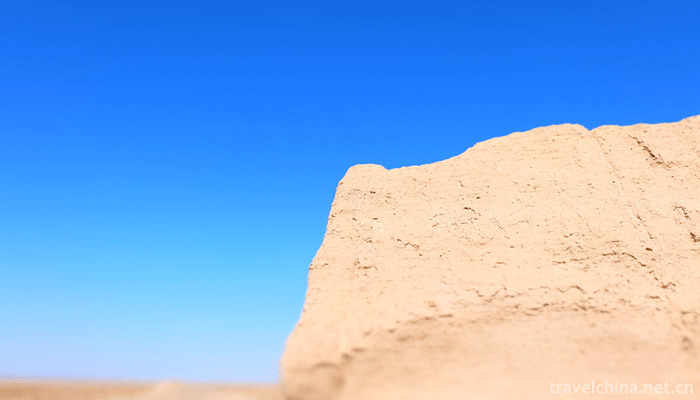
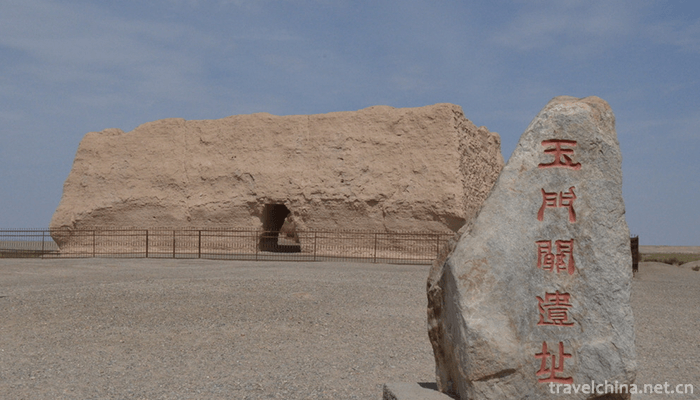
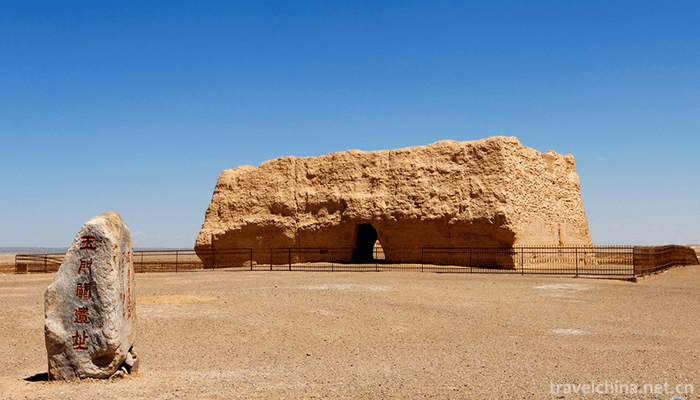
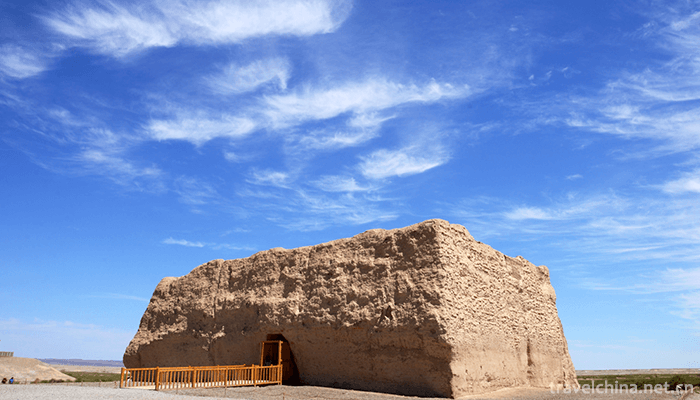

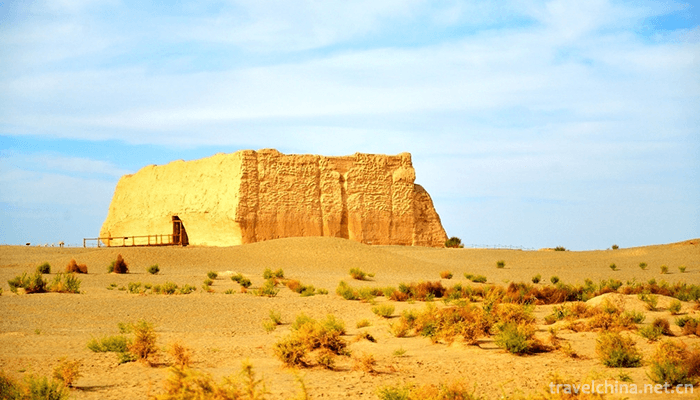

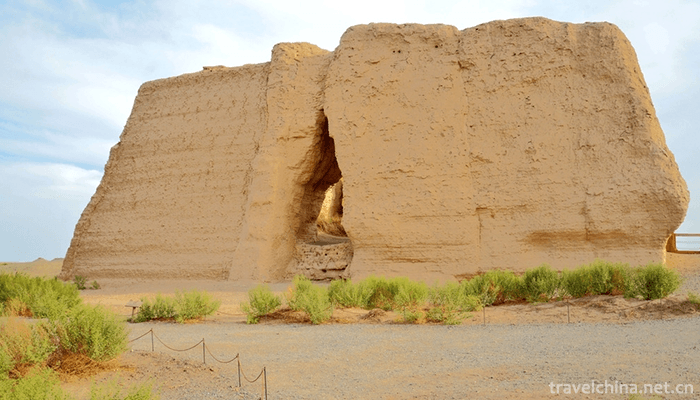

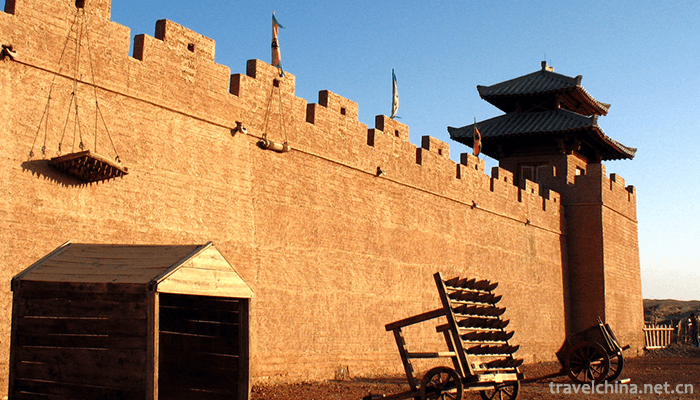
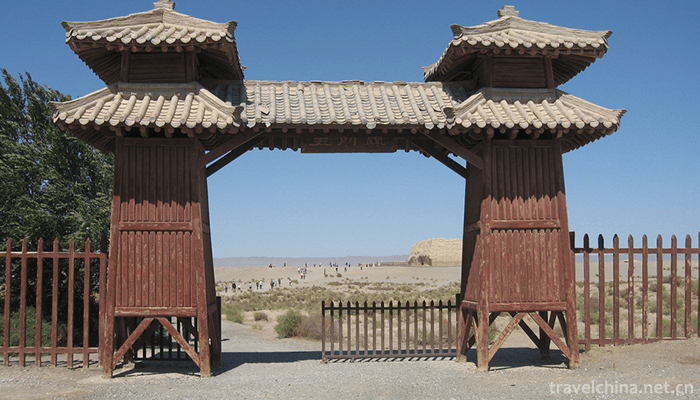
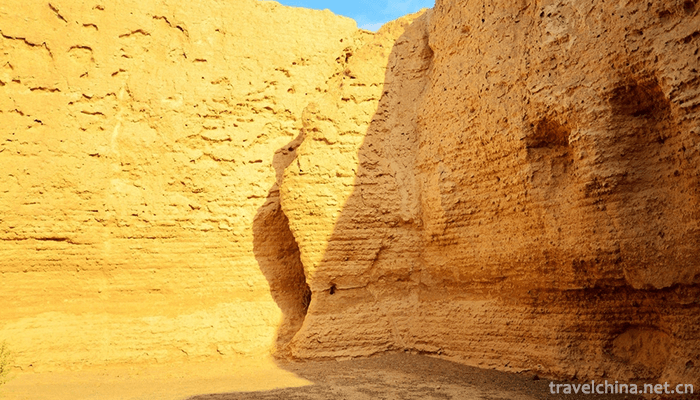
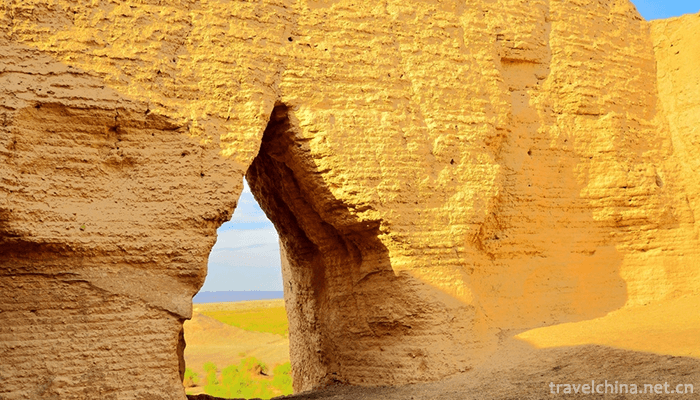
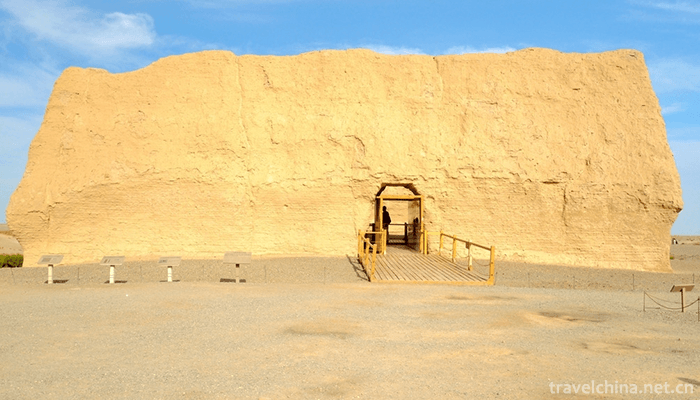

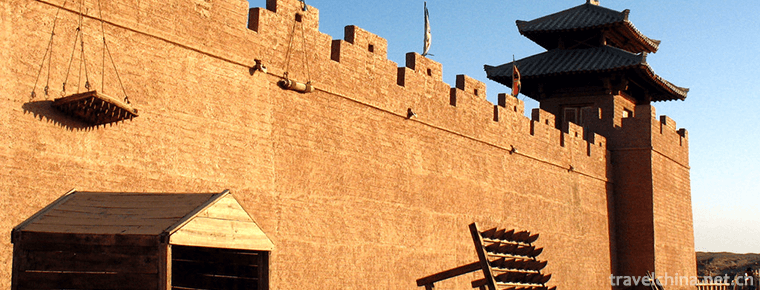
-
2.Serdang snow mountain Xiling snow mountain
Xiling Snow Mountain, located in Dayi County, Chengdu City, Sichuan Province, is only 95 kilometers away from Chengdu, with a total area of 483 square kilometers. It is a world natural heritage
Time 2018-10-30 -
3.Shoulds ancestral hall
Yanmenguan Scenic Spot is located in the northern part of Daizhou ancient city. South-controlled Central Plains and North-controlled Moyuan are grand military defense projects of ancient Chinese passe
Time 2018-11-24 -
4.Dawakun Desert Tourist Scenic Area
Dawakun tourist scenic spot is located in Tielimu Township, Yuephu County, 6 kilometers away from 310 provincial roads and 110 kilometers away from Kashgar City, with convenient transportation. It is
Time 2019-01-06 -
5.Gongchangling Hot Spring Skiing Ground
Gongchangling Skiing Ground is located in Tanghe Scenic Area of Gongchangling, Liaoyang City, Liaoning Province. It covers an area of 100 hectares and is a national AAA-class tourist attraction.
Time 2019-01-12 -
6.Qinhu National Wetland Park
Qinhu National Wetland Park is located between the central part of Jiangsu Province and the Yangtze and Huaihe River. The total area of the scenic spot is 26 square kilometers.
Time 2019-02-07 -
7.Korean Costume
Korean costume, Korean traditional folklore, one of the national intangible cultural heritage.
Time 2019-04-16 -
8.Western Qin Opera
Western Qin opera, also known as "chaotic play", is popular in Haifeng, Lufeng, Chaoshan, southern Fujian and Taiwan. Western Qin Opera flowed into Hailufeng in the northwest of the Ming Dyn
Time 2019-07-01 -
9.Firing Techniques of Yaozhou Kiln Ceramics
Yaozhou kiln is a treasure of Chinese traditional ceramic technology. It was created in the Tang Dynasty and matured in the Five Dynasties. It reached its peak in the Song Dynasty and declined gradual
Time 2019-07-11 -
10.Anhui University
( Anhui University For short, "anda" is located in the provincial capital. Market It's the state. "Double First-Class" initiative "World class discipline construction," M
Time 2019-10-04 -
11.Longtan Karst Cave Scenic Spot
Longtan Karst Cave Scenic Area is located at the foot of longcuban mountain, Miyi Baima Town, Panzhihua City, Sichuan Province, with an altitude of 1500 meters. It is a provincial-level scenic spot and a national AA level tourist area.
Time 2020-10-15 -
12.Cultural undertakings in Guangan
As of 2019, there are 5 radio and TV stations and 2 Radio and TV stations in Guang'an City. The comprehensive coverage rate of broadcasting is 99.7%, and that of television is 99.8%. There are 7 public libraries, 21 theatres and theatres, 4 museums an
Time 2020-12-19